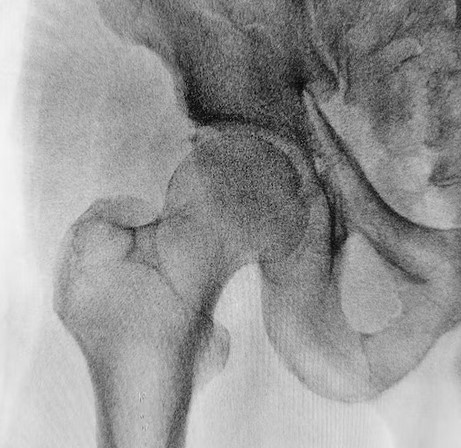Unstable Sacro-iliac (SIJ) Joint
The #1 job of our sacroiliac joint (often called ‘SIJ’) is to absorb vertical (up and down) forces that goes through the body. Such as in
- jumping
- walking
- carrying a load (groceries, kids, pets, laptop)
- climbing
- etc
That’s why it’s made to be very stable and sturdy structure that joins the spine to the pelvis. It’s strength and sturdiness comes with two stabilizers: active (force closure) and passive (form closure) stabilisers.
If it ever gets injured or damaged over time, our sacroiliac joint can become less effective in absorbing or transferring forces, which eventually lead to spinal problems such as low back pain or radiating pains down the leg.
What’s this SIJ thing?

So the sacrum is the small diamond-shaped bone at the very end of our spine (where the tailbone is); and there is two iliums (iliac) is of the hip. The sacrum is cradled between these two iliums, and where they’re joined at is called the sacroiliac joint.
The SIJ is pretty much an ultra-strong, ultra-sturdy organic shock absorber suspension that absorbs impact vertically be it from below (the legs) or above (the spine) during activities such as
- running
- jumping
- lifting
Because of the way the SIJ is (cradled in between two iliums), it’s not meant to be very mobile – it’s meant to be a sturdy support pillar with lots of strong and tight ligaments that further support and hold the sacroiliac joints together.
To add to that, there are core muscles that wrap and create a compressive force over the SIJ, additionally protecting and supporting the lower back and pelvic regions, like a natural brace (which is pretty cool if you ask us). This system of form and force closure ensures stability in the SIJ to perform its role optimally.
However, an unstable SIJ can happen when the integrity of this system is being compromised.
What can destabilize the strong sacroiliac joint?
SIJ instability can happen when the ligaments that joins the SIJ together ever becomes loose or lax…which can happen with traumatic events such as falling on your buttocks. This impact can overstretch the SIJ ligaments, causing it to become loose.
Another cause of SIJ instability is pregnancy. When a mother’s body is pregnant, the body will naturally secrete special hormones to loosen ligaments of the body to allow the pelvis to enlarge in preparation for delivery. To add to that, the body will also “relaxify” the muscles around the pelvis too (again, to allow for easier delivery) – both of these leads to decrease of form and force closure.
Treatment

First and foremost, is vital to get the diagnosis right – this may include seeing an orthopedic and/or women’s health doctor (gynaecologist) and even imaging works such as MRI done. Once we get the diagnosis accurate, treatment is fairly straightforward.
Next, deal with the pain using pain relief methods such as
- manual therapy
- ultrasound therapy to accelerate soft tissue healing (note: wont be used if you’re pregnant)
- gentle mobilizations and stretches of the deep joints
The best (and only way) to improve sacroiliac joint instability is generally to improve the force closure system (ie strengthening the pelvic, hip and back muscles part) with
- specific core stability exercises
- clinical pilates
Where To Next?
- Go to Home / Start
- Learn and find out more about your pains (bones, muscles, joints, tendons, ligaments, nerves etc) at Pain Conditions & Injuries
- Visit our shop to see products we recommend for pain relief, heating, treatments and more
- Contact us





